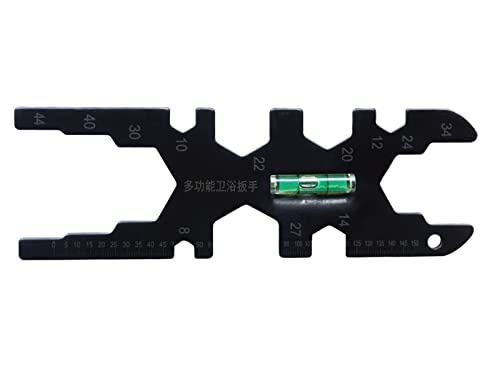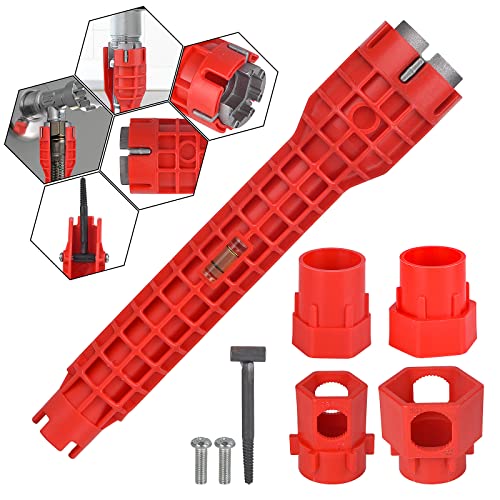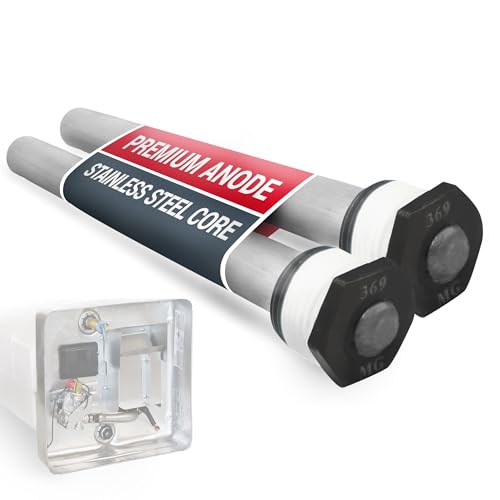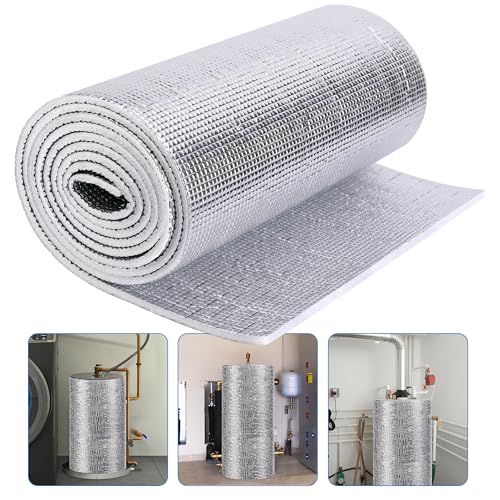OK...
Just for shiats and grins and as no one here seems to be able to follow an argument logically, becoming overly defensive and w/o getting their panties in a wad, let's try it this way-
you mean you are butt hurt because no one is agreeing with you
1) Let's say that the OP supply pressure is 90PSI (truly a guesstimate on the suppliers part as pressure will vary in different parts of the system and by time of day/night).
2) The OP measures 90PSI not aware of varying supply pressure(s), whether an thermal expansion event is taking place and/or assumes there is no back-flow device at the PRV. He has installed a TET suspecting THERMAL EXPANSION and the pressure situation has normalized.
3) He now needs to allow the WH to cool and gauge the PSI within the system and gauge the supply PSI (before PRV) within a few minutes of one another.
If the TET has not actually solved the problem (gauging indicates faulty PRV), I will kiss your butt in the public square and give you thirty minutes to draw a crowd.
Gawd Damn,
see if you can logically, figure this out, you just stated the prv is faulty, proven by a gauge, so now you say installing an expansion tank has solved the problem, THAT statement in itself proves you are wrong,
the problem is not solved, only the symptom is masked.
AND,,,the prv is still faulty, now what will happen ?
city water pressure fluctuates, His is [according to city] set at 90 psi, at night, when every one is in bed, the city pressure jumps up, because it is not being used. this happens in every town all across the US.
it can jump as high as 200 psi.. You have left a faulty prv in the house, it will continue to be faulty,,and it will completly fail at night when it is hit with a high psi from the city, if it is over 100lbs the T&P will start to dribble, IF it is over 150 lbs, it will fully open.
Now a second theory question. Is a properly functioning TPRV calibrated to release pressure gradually up to and including it's rated release value or just rated release value?
...forgot...




















































